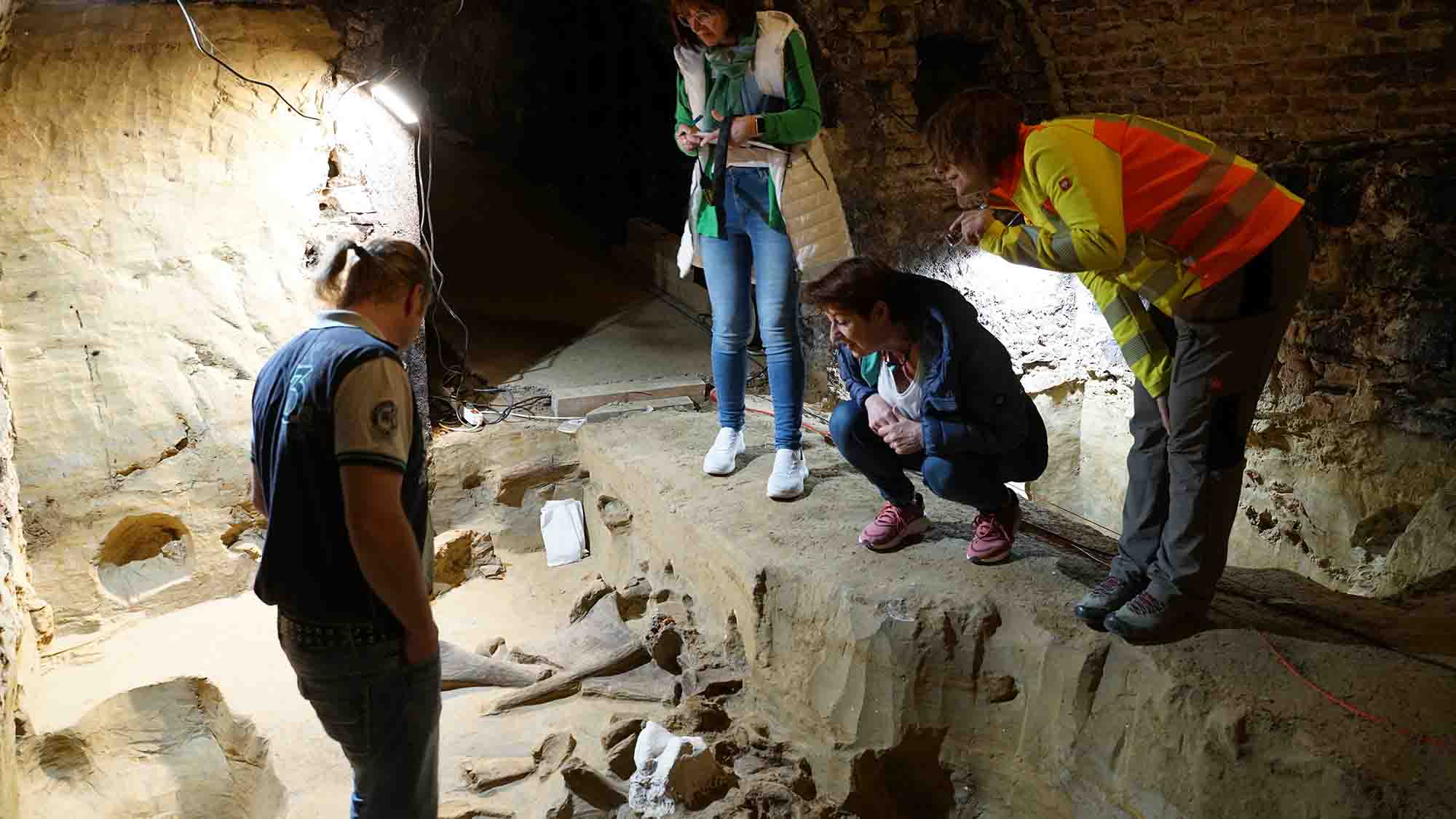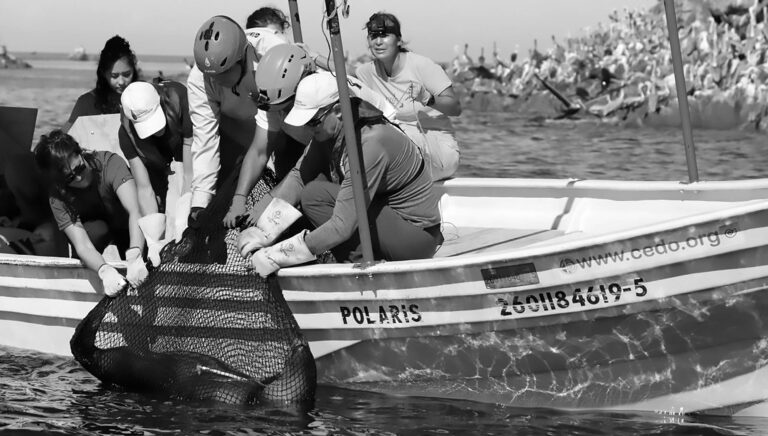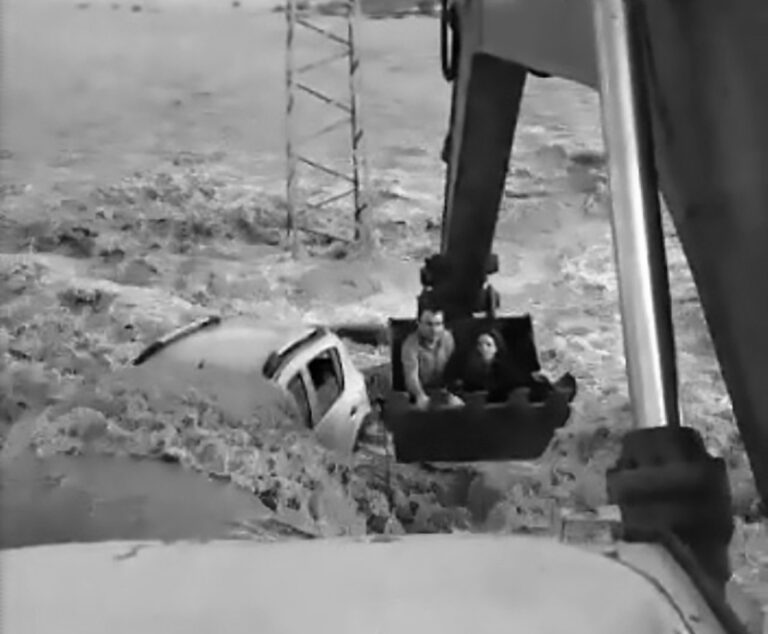An Austrian vintner has made a remarkable discovery after stumbling upon 40,000-year-old mammoth bones while renovating his cellar for the coming harvest.
Winemaker Andreas Pernerstorfer was stunned when he came across the massive Stone Age bones in his cellar in Gobelsburg, in Lower Austria’s Krems-Land earlier this year.
He then immediately told the Austrian Archaeological Institute of the Austrian Academy of Sciences (OeAW), who now believe the site is a “significant bone layer” containing the remains of at least three mammoths.
Archaeologists Thomas Einwoegerer and Hannah Parow-Souchon asserted that stone artefacts and charcoal found at the site support the idea that the bones could originate from as early as 40,000 years ago.

Excavation leader Parow-Souchon said in a statement obtained by Newsflash: “Such a dense bone layer of mammoths is rare.
“It’s the first time we’ve been able to investigate something like this in Austria using modern methods.”
The find prompted many intriguing questions among researchers, particularly regarding how ancient humans managed to hunt these colossal creatures.
Parow-Souchon said: “We know that humans hunted mammoths, but we still know very little about how they did it.”
The expert speculated that the site could be the final resting place of the mammoths, theorising that humans might have chased them to the location and laid a trap for them there.
After thorough examinations, the find will be handed over to the Natural History Museum Vienna, where the bones will be restored.
The excavation is funded by the Federal Monuments Office and the state of Lower Austria.

OeAW spokesperson Astrid Pircher said that 150 years ago, a cellar nearby in the same area unearthed a thick layer of bones along with flint tools, decorative fossils, and charcoal.
Pircher added: “During the excavation there, the cellars in question were completely cleared out.
“Other comparable sites in Austria and neighbouring countries were mostly excavated at least 100 years ago and have largely been lost to modern research.”
To find out more about the author, editor or agency that supplied this story – please click below.
Story By: Georgina Jedikovska, Sub-Editor: Georgina Jedikovska, Agency: Newsflash
The Ananova page is created by and dedicated to professional, independent freelance journalists. It is a place for us to showcase our work. When our news is sold to our media partners, we will include the link here.




